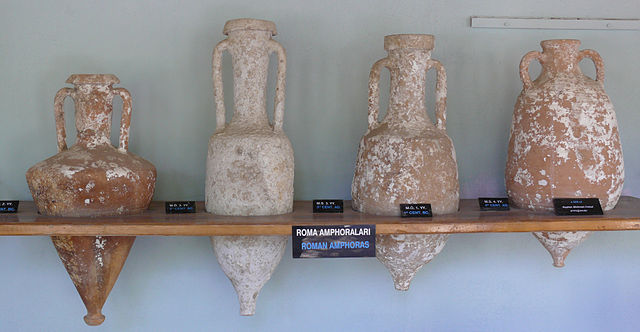 Celt Experience Brewey, Silures Crafted Ale: this Welsh ale is a light copper colour with a small head and slight fizz, a little bit cloudy as it came out of the bottle. A refreshing green, dewy aroma of the forest in spring; then a tangy first taste with the slight mustiness of ripe berries, perhaps just a touch fungal. In the mouth a hint of candy sweetness, like over-aged wheat beer, but satisfying and lingering orange zest bitterness. This bottle was a little old, but the beer was still very nice. (***)
Celt Experience Brewey, Silures Crafted Ale: this Welsh ale is a light copper colour with a small head and slight fizz, a little bit cloudy as it came out of the bottle. A refreshing green, dewy aroma of the forest in spring; then a tangy first taste with the slight mustiness of ripe berries, perhaps just a touch fungal. In the mouth a hint of candy sweetness, like over-aged wheat beer, but satisfying and lingering orange zest bitterness. This bottle was a little old, but the beer was still very nice. (***)The Wild Beer Co., Bliss: the label on this bottle of Somerset ale is pretty, with an abstract stag-head in orange against the dark glass; apparently it's brewed with wild yeasts, leading to unpredictable and sometimes volatile results. The beer came out of the bottle very frothy, perhaps a little bit aged, as I'd had it in the pantry for a while, and a dark, cloudy orange colour. It had a sour, earthy smell, with apricots, yeast and even potato; the first taste is intensely sour and smoky, combined with malty sweetness that is cloying and chewy. An unpleasantly syrupy swallow drowns out the light bitterness and smoky grittiness, but neither really lingers. I applaud this sort of experimental, unreliable effort, but this one didn't work for me. (**)
Buxton, Jaw Gate American Pale Ale: the label of this bottle comes with cute skulls, a bit more kitsch than you'd normally expect to sell a serious beer, but fun. The beer is a dull light orange or tan in colour, with a yeasty, apple-cider odor that confidently predicts the tangy, tart and cidery first taste. Thi leads to a vry sharp orange-pit bitterness in the mouth, and then a watery peach and orange engame, which is coarse on the swallow, but only lingering in a nondescript, generically pithy way. Perfectly quaffable, but a bit bland. (**)
The Kernel, Pale Ale: a minimalist look from this east London brewery’s pale ale made with citra and chinook hops. The light, hazy orange beer has a lively head and appetizing aroma of sweet, fruity hops, perhaps orange and apricot. It’s very bitter in the mouth, with lingering crushed pits and pithy citrus, and a slightly smoky chocolate aftertaste which is very nice. This beer is perhaps a little too dark and clingy for a session ale, but I'd still like to try some more. (***)











